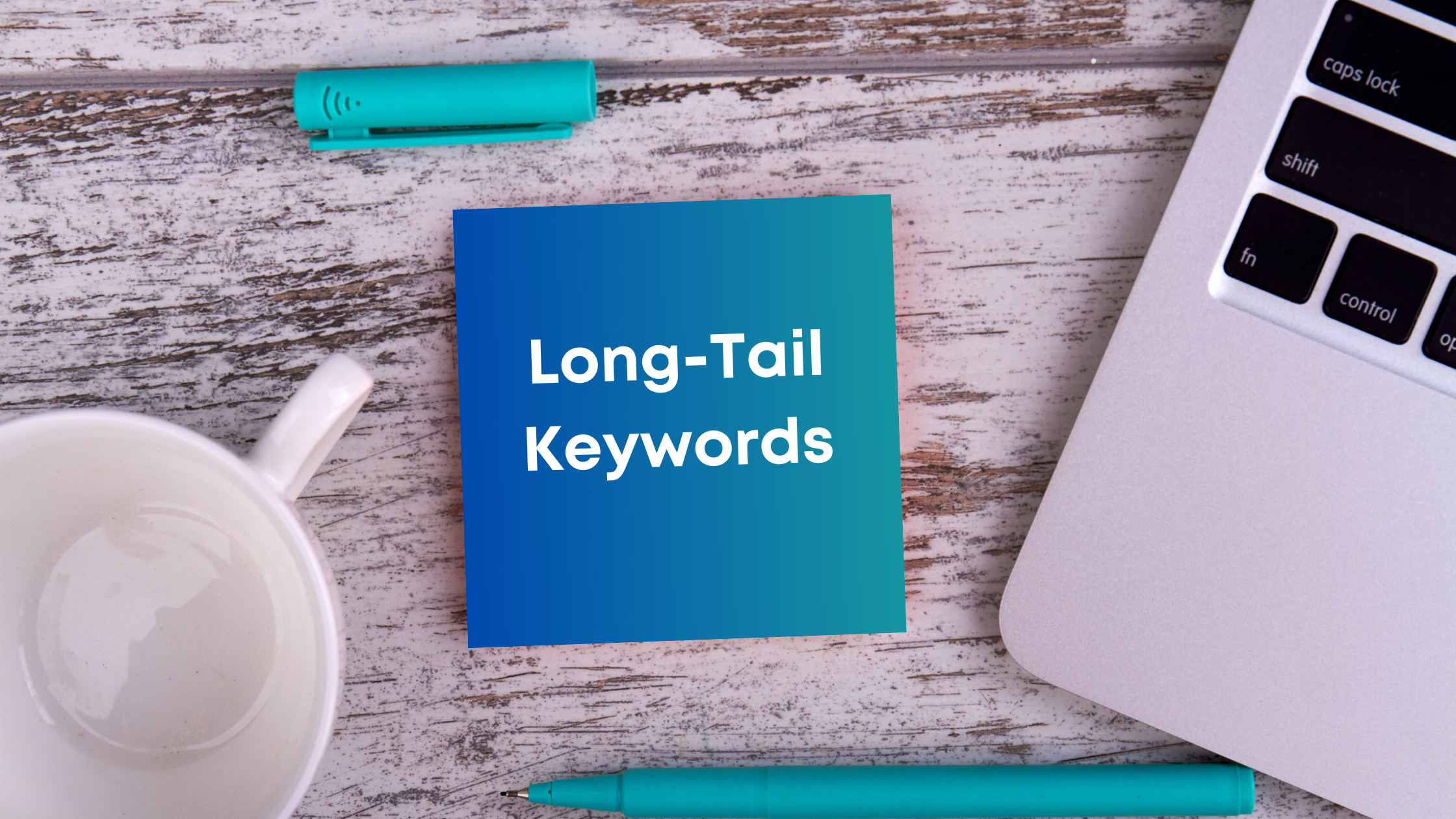The goal of any business is to generate leads that offer long-term value. If you're searching for effective ways to generate leads for your business online, check out these tactics below. Entrepreneurs, startups and even enterprise organizations
- Home
- Tag: Digital Marketing
Are you tired of trying to rank for the two or three-tail high-competition keywords as your competitors? Long-tail keywords could be the answer. What are long-tail keywords and how do they work in search marketing? Let's find
Small businesses should always be looking to find opportunities to stay ahead of the competitive market and reach their potential customers. With the right tools, you can create an effective strategy to have a big return in
Search Engine Marketing (SEM) is a valuable method to earning the coveted top spot on Search Engine Result Pages (SERPs). However, without a solid strategy, you will soon see underwhelming campaign results and ad spend issues. Here
Marketing metrics matter because smart marketing is built on the foundations of solid data. That is why any business with a digital marketing strategy should be closely monitoring the following 4 metrics. Let’s hop right in! In
Promoting your brand on Social Media is paramount nowadays. And hashtags are an extremely effective tool when used correctly. Let's delve a little deeper into the world of the previous pound sign (#) and how it can
When choosing content topics, most digital marketers try to write about things they believe is relevant to their audience. While relevance is important, alone it’s not enough. Furthermore, some seemingly relevant content topics may not be a
Social media plays a vital role in today’s society. It can help you generate buzz around your products and your brand by having users share your content. But social networks are incredibly busy and filled with stimuli.
A great digital marketing agency should have the ability to learn your brand quickly and be ready to act as your in-house digital experts. Since the digital industry is so diverse, how do you know if a















